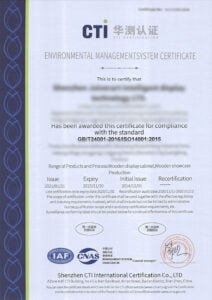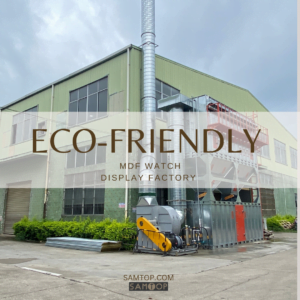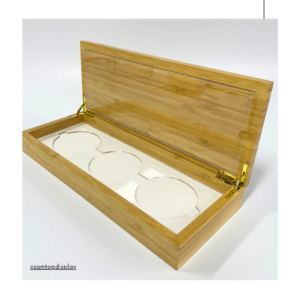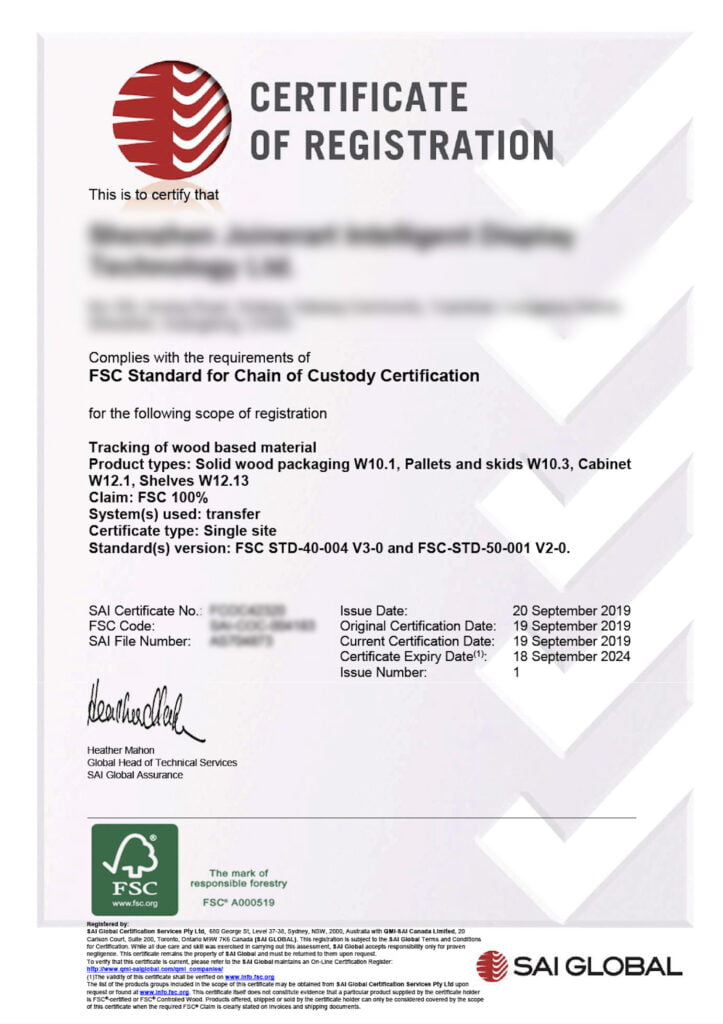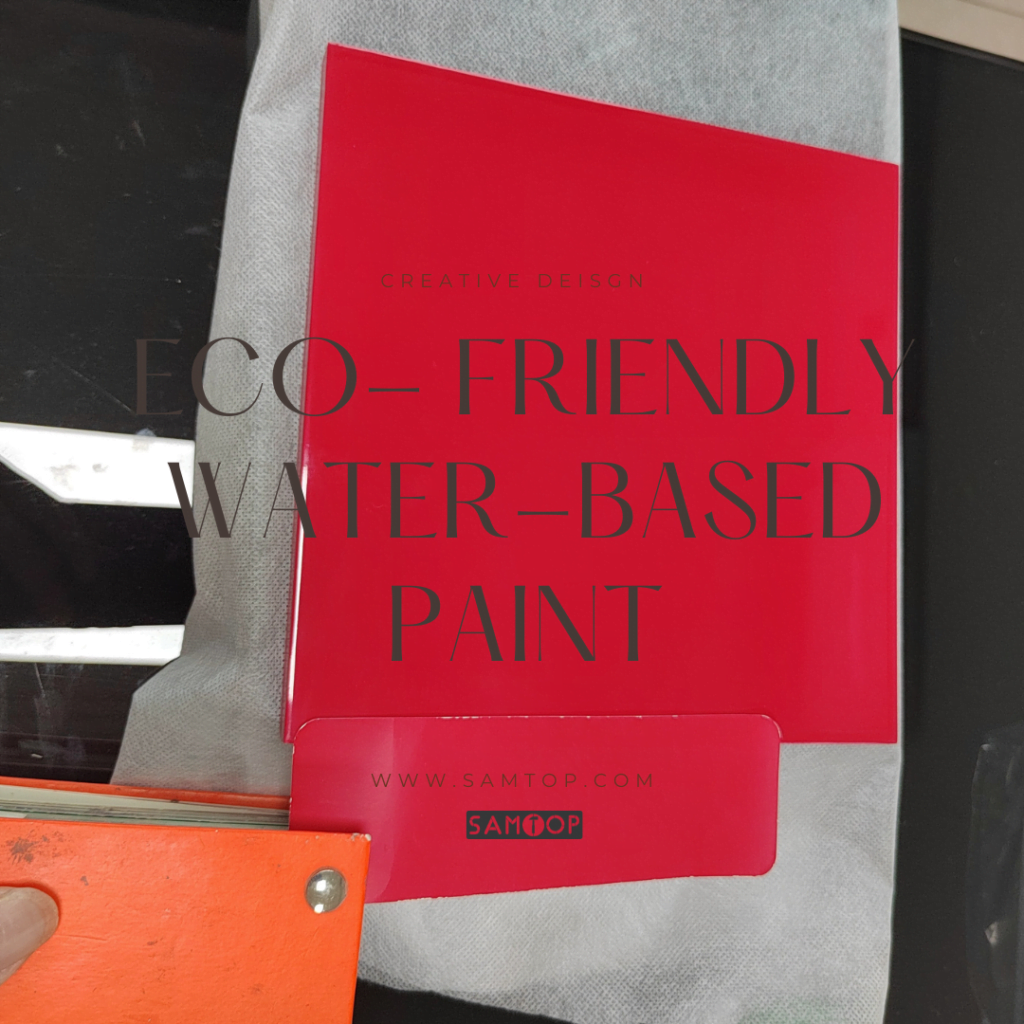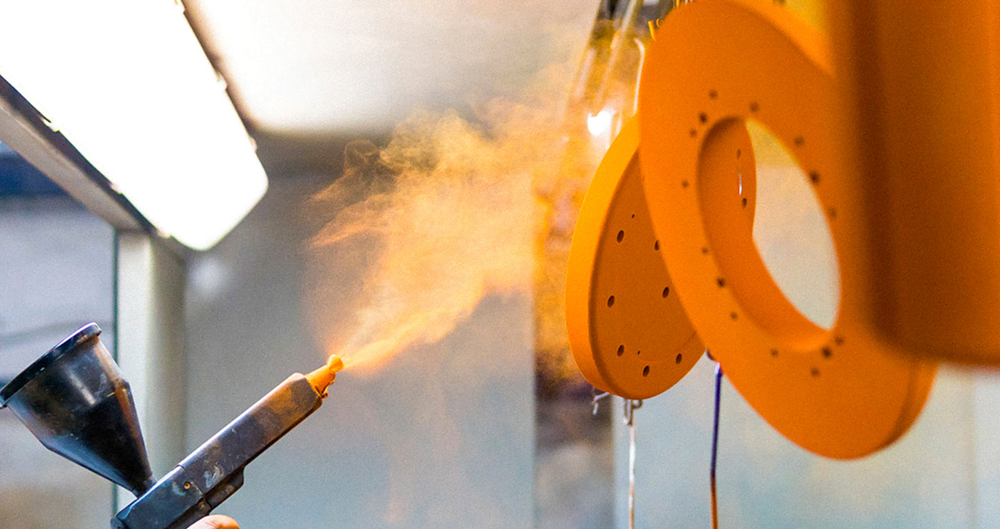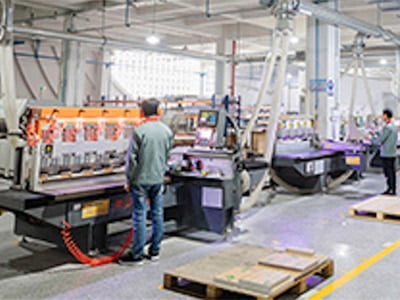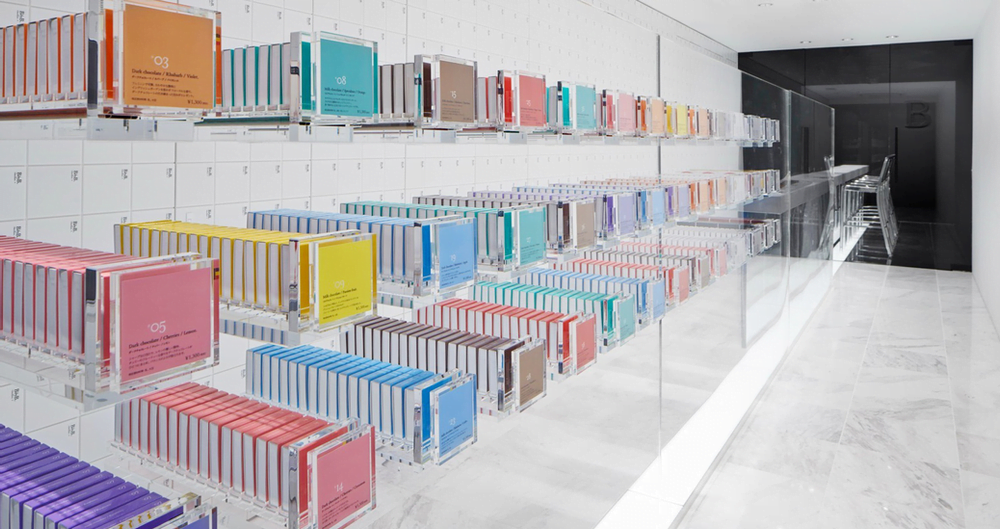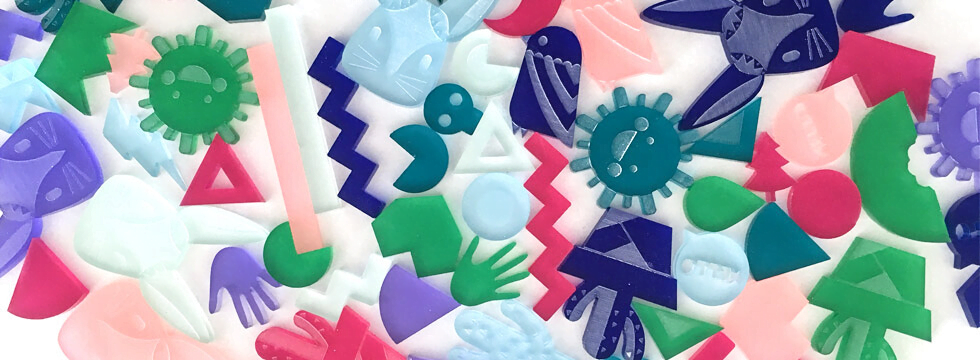In a world where sustainability and environmental consciousness are quickly becoming the norm, luxury brands are faced with the complex task of complying with increasingly stringent environmental regulations. All this while ensuring they do not compromise on their high-end allure and unparalleled quality demanded by their discerning clientele. It’s a delicate balancing act that requires constant vigilance and a commitment to innovation. Brands must ensure that their display props are not only visually appealing to their target customers but also strictly adhere to the highest environmental standards.
Traditionally, many materials and manufacturing processes, successful in creating an undeniable sense of luxury, may not meet the environmental standards of today. This discrepancy poses a significant challenge for brands attempting to uphold a luxurious image while committing to sustainability. Factors such as unsustainable logging of wood without proper consideration for sustainability, paints containing high concentrations of Volatile Organic Compounds (VOCs), and non-recyclable plastic and metal materials are major contributors to environmental degradation. These materials and practices do not only impose an unnecessary burden on our environment but can also tarnish brand image, impact consumer purchasing decisions, and result in a loss of customer trust and patronage.
However, there is a silver lining to these challenges. Luxury brands can utilize a plethora of green solutions without sacrificing the luxury of their display props. This approach offers brands a unique opportunity to align with modern eco-conscious consumer demands while contributing to a more sustainable, greener future:
Look for Green Credentials in Manufacturers: By opting for manufacturers with recognized environmental certifications, brands can ensure their display props are produced in compliance with the highest environmental standards.
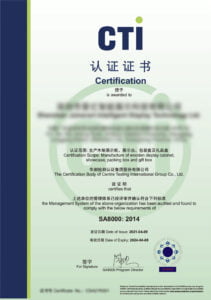
Direct Use of Eco-Friendly Materials: Materials such as bamboo, wood, and Raffia grass can be used as raw materials. The use of these materials not only helps reduce environmental degradation but also adds a natural vibe to the brand’s high-end image.
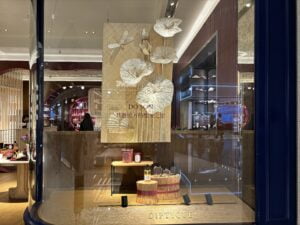
Eco-friendly Packaging: By opting for entirely cardboard materials, brands can ensure their packaging is recyclable or biodegradable, significantly reducing their environmental impact and waste.
FSC Certified Wood: By using wood sustainably harvested and certified by the Forest Stewardship Council, brands can ensure the green sustainability of the materials, promoting responsible forest management, and supporting the protection of our world’s forests.
Water-based Paints: The use of water-based paints can significantly reduce the emission of Volatile Organic Compounds (VOCs), thus protecting the environment from pollution and maintaining clean air quality. It’s a small change that can have a big impact.
A, Due to the maturity of water-based paint technology, the price of display props made with water-based paint has dropped by 70% in recent years compared to a few years ago.
B, Compared with traditional paint, water-based paint is eco-friendly and soluble in water. Disadvantages: Unable to produce high-gloss products, long production time: natural drying is required, waiting 24-48 hours before proceeding to the next process.
Recycled Plastics: By opting to use recycled plastic materials, brands can reduce the production and consumption of new plastic, promote recycling, and reduce landfill waste. It’s a responsible choice that supports a circular economy.
Artificial Leather Materials: High-quality artificial leather materials can be used to reduce the demand for genuine leather, alleviating its impact on the environment. This substitute offers the same sense of luxury without the environmental cost.
Most of the leather used for high-end watches and jewelry brand surface effects is synthetic leather. Well-known brands include European WINTER & COMPANY and American Majilite Corporation, as well as: Ultrasuede Toray Industries, Inc., Clarino, etc.
Recycled Metals: By using recycled metal materials, we can reduce dependence on new metal resources and decrease their impact on the environment. It’s an innovative approach to resource management.
Using Mechanical Fixing Instead of Adhesive: By mechanically fixing materials, the use of harmful adhesives and the emission of chemicals can be reduced, promoting a healthier and safer environment for everyone.
By implementing these innovative and forward-thinking solutions, brands can ensure the production of their display props not only complies with strict EU environmental standards but also reflects the brand’s strong commitment to sustainability and environmental conservation. At the same time, they can maintain the high-end feel and appeal that make their products beloved by their discerning customers.
In the current global landscape, the intersection of luxury and sustainability is not merely a fleeting trend; it’s a necessary business practice and societal expectation. Therefore, luxury brands now have the opportunity to reveal their green elegance and master the environmental standards of luxury displays. After all, true luxury does not necessarily have to come at the expense of the Earth; it can, and should, contribute to protecting it.

